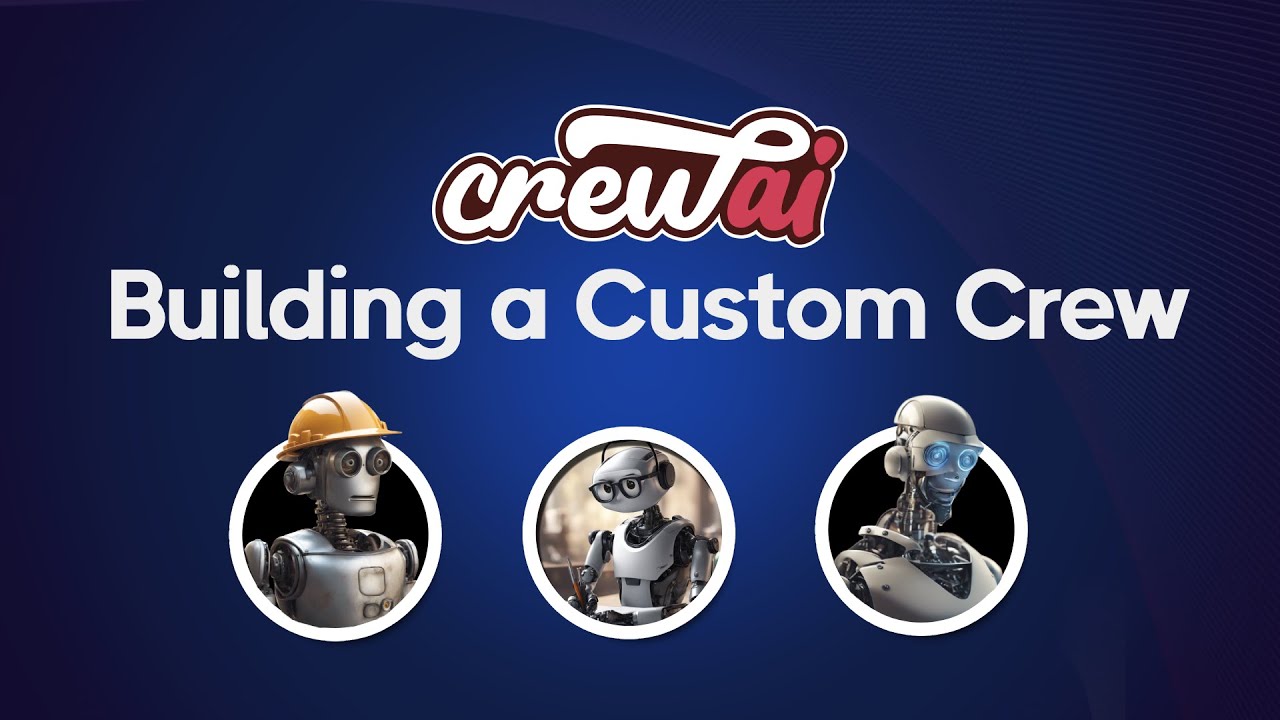The video discusses building a custom crew of AI agents for conducting research and writing articles using sequential and hierarchical processes. It showcases how tasks are assigned to different agents, such as an AI research specialist and a writer, utilizing tools like GPT 4 turbo model and search functions, with a focus on maintaining structured workflows and addressing potential challenges in task execution.
In the video, the speaker discusses creating a custom agent using sequential and hierarchical processes. The project involves conducting research and writing an article. The speaker showcases a customized project that tracks activities using a callback function and incorporates tools like Duck Duck Go search and the GPT 4 turbo model. Additionally, a tool for saving content to a markdown file is introduced. The speaker emphasizes the importance of clear task definitions and the need to confine agents to prevent them from going off track.
Two agents are presented: an AI research specialist for conducting research and a writer for compiling the information into an article. These agents utilize the GPT 4 turbo model and tools like search and human interaction. The tasks assigned to the agents include getting source material, crafting an article, and saving the output to a markdown file. The process is set to be sequential to maintain a structured flow of tasks and ensure completion.
The crew is built with the info getter, writer, and archiver agents, each assigned specific tasks. The sequential process is initiated with a callback function to track progress. The agents are programmed to ask for a topic, conduct research, write the article, and save it to a markdown file. The process unfolds smoothly, with the agents successfully completing their assigned tasks and the article being saved as intended.
The speaker also demonstrates a hierarchical process, where a separate agent is added to consult with the human for the topic before proceeding with research. This hierarchical approach introduces additional steps in the process, leading to potential challenges like misunderstanding inputs and errors during saving. The importance of clear instructions and task refinement is highlighted to ensure seamless execution in a hierarchical setup.
In the end, the speaker compares the results of the sequential and hierarchical processes, noting the differences in task execution and potential issues faced in the hierarchical setup. Suggestions for improvement include refining prompts, handling errors more effectively, and ensuring the output aligns with the desired format. The video concludes with a preview of using Claude 3 models from Anthropic in future projects, inviting viewers to explore different approaches to building custom agents.
